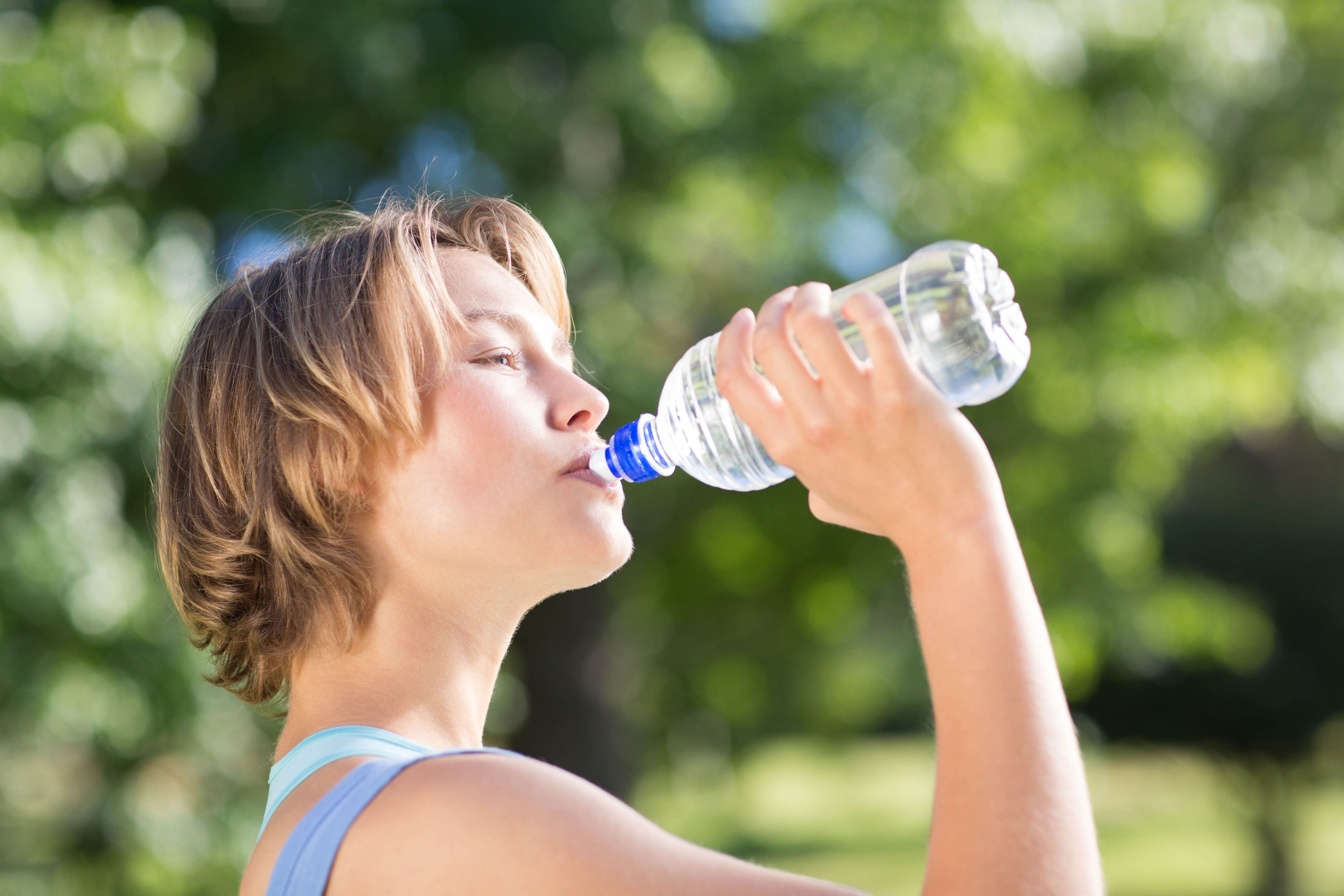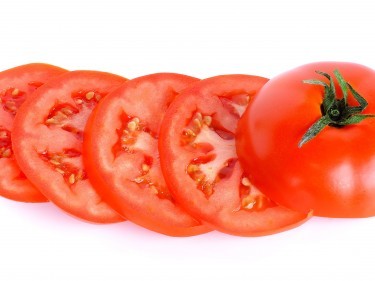Eating healthily, exercising and not smoking are all known to reduce risk, but the cancer-preventing buck doesn’t stop there
Every year, 331,000 people in the UK are diagnosed with cancer. In other words, more than half of us will get some form of the disease at some point in our lives, and each year, more than 160,000 die from it. These are stark and scary facts – but there are less negative statistics, too.
This week is Cancer Prevention Week (from May 11), and the World Cancer Research Fund UK (WCRF) says scientists estimate around a third of 13 of the most common cancers in the UK could be prevented through improved diet, physical activity and reduced body weight. According to these experts, 47% of bowel cancers in the UK could be prevented, 38% of breast cancers, 33% of lung cancers, 71% of oesophagus cancers, and 67% of mouth, pharynx and larynx cancers.
“More than four in 10 cases of cancer could be prevented by making lifestyle changes,” says Fiona Osgun, Cancer Research UK’s health information officer. “Things like not smoking, keeping a healthy weight, eating a healthy diet, keeping active, cutting back on alcohol and enjoying the sun safely can all help reduce your risk. Making these changes isn’t a guarantee against cancer, but it can stack the odds in your favour.”
But as well as giving up cigarettes, eating your five-a-day of fruit and veg and exercising regularly, what specific measures can you take to avoid the Big C?
Eat more tomatoes
Research has found that a tomato-rich diet may help protect at-risk post-menopausal women from breast cancer. Breast cancer risk rises as weight increases, but a 2013 US study found that when post-menopausal women followed a tomato-rich diet – including tomato-based products as well as tomatoes themselves – they showed a 9% increase in levels of a hormone called adiponectin, which helps regulate fat and blood sugar levels. Fat cells release hormones like oestrogen, which can increase the risk of cancers, including breast cancer, and storing too much fat encourages the body to produce growth hormones, which are linked to cancer.
Dance
Being active has a direct role in helping prevent some cancers (like bowel and breast cancer) so if you’re not used to doing much exercise, start by working towards 30 minutes a day – remember that anything is better than nothing. Exercise can help reduce cancer risk by keeping hormone levels and the digestive system healthy, strengthening the immune system, and keeping you in shape. But you don’t have to join a gym – walk to the shops instead of taking the car, do some gardening, or even some dancing to your favourite music at home.
Drink green tea
Cancer Research UK says some studies have shown that extracts from green tea can stop cancer cells from growing, with possible effects linked to the antioxidant polyphenols it contains. Researchers say three to five cups of green tea a day may be beneficial, but warn that studies have conflicting results and more research is needed before it can definitely be stated that green tea has a role in preventing cancer.
Reduce salt
Research shows that salt and salt-preserved foods can be a cause of stomach cancer, as salt may damage the lining of the stomach. So check food labels and choose products with less salt – the Department of Health says high-salt foods contain over 1.5g of salt per 100g, and low-salt foods contain less than 0.3g of salt per 100g. In addition, gradually reduce and then cut out salt added during cooking or at the table, and eat fresh rather than processed meats – bacon, cured meats and some sausages all contain high levels of salt and are linked to bowel cancer.
Limit calories
As well as helping your figure, cutting down on high-calorie foods like chocolate, chips, biscuits and fast foods could help prevent cancer. The WCRF says these foods can increase cancer risk simply because you’re more likely to be overweight if you eat a lot of them.
And processed foods
In general, the healthiest foods are those that aren’t processed, so they haven’t had extra sugar or fat added to them. Instead, keep your weight and cancer risk down by basing meals on vegetables, wholegrains, pulses and fruit.
Drink water
Swap sugary drinks like fizzy cola or lemonade for water or unsweetened tea or coffee, to help reduce your weight, and thus your cancer risk. The WCRF says there’s no strong evidence to link artificially-sweetened drinks to cancer, so diet drinks can be a good alternative.
Don’t take vitamins
Don’t take dietary supplements for cancer prevention. In a review of evidence about supplements, WCRF UK found that while some high-dose supplements appeared to protect against cancer, others seemed to increase cancer risk. It says: “We advise against using dietary supplements for cancer prevention and recommend that, for most people, the best source of nutrition is a healthy diet.”

